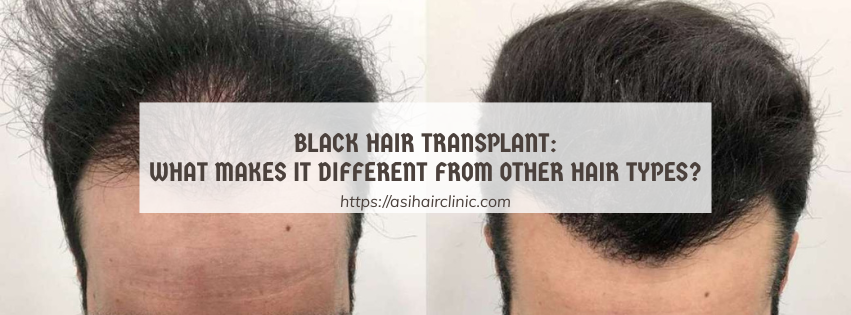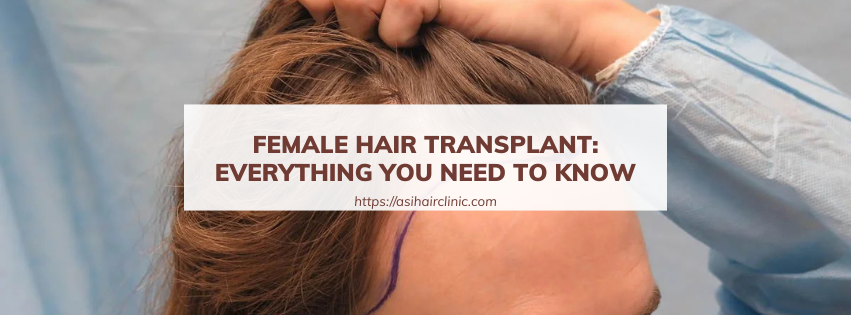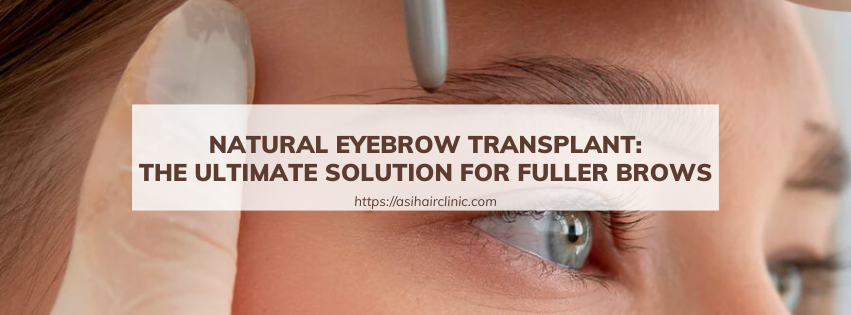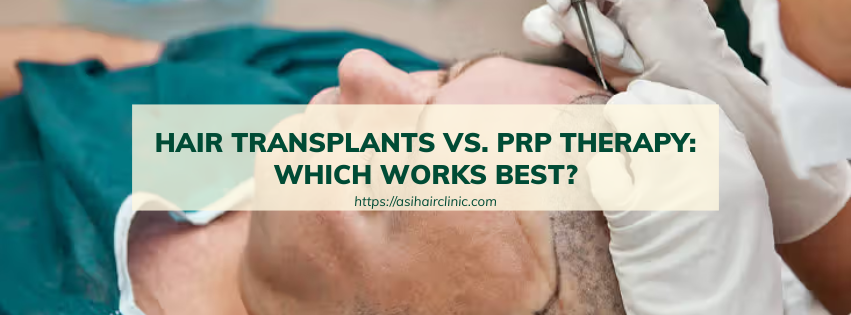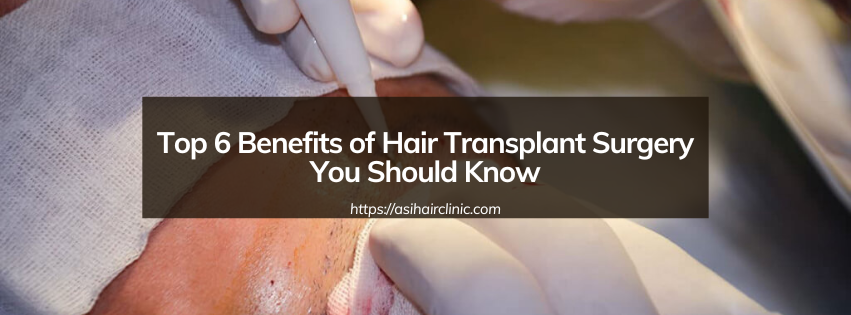Why Do Hair Transplants Fail? 7 Important Facts You Must Know
Hair loss is a pressing concern for millions of individuals around the globe. As our society becomes increasingly appearance-focused, many people seek solutions to reclaim their youthful, voluminous hair. Among these solutions, hair transplants have emerged as a popular option, promising permanent restoration of hair density. Unfortunately, while numerous success stories abound, there remain cases where hair transplants fail to deliver the ideal results. Understanding why this occurs is crucial for anyone considering the procedure. This comprehensive article will delve into seven critical factors that can contribute to hair transplant failure.
1. Why Do Hair Transplants Fail? - Choosing the Wrong Surgeon
The qualifications and experience of your surgeon are pivotal in determining the outcome of your hair transplant. An unfortunate reality is that not every practitioner has the requisite skills or training to perform these intricate procedures effectively.
1.1. Board Certification
When selecting a surgeon for your hair transplant, ensure they are board certified by a recognized medical board specializing in hair restoration surgery. This certification is not just a formality; it signifies that the surgeon has undergone rigorous training and adheres to strict medical guidelines. A board-certified surgeon will be able to provide you with confidence in their abilities and knowledge about the latest hair transplant techniques.
1.2. Experience
Opting for a surgeon with extensive experience in hair transplantation is vital. An experienced practitioner generally possesses a deeper understanding of various hair types, skin conditions, and surgical techniques. They should have a proven track record, along with a portfolio showcasing successful cases. A good reputation often translates to satisfied patients who can attest to the surgeon's skill and professionalism.
1.3. Reputation
You should also consider the surgeon’s reputation in the field. Look for reviews from past patients on online platforms, medical forums, and social media. Engaging with previous clients can provide insight into the surgeon's skills and patient satisfaction. Additionally, the surgeon should take time during the initial consultation to evaluate your specific hair loss pattern, assess the donor area, and explain the overall procedure. Honest communication during this stage sets a solid foundation for what to expect later.
Aesthetic Hair Restoration is one of the prestigious hair transplant addresses chosen by many customers.

2. Poor Technique
The success of a hair transplant hinges significantly on the technique employed during the procedure. From follicle extraction to graft placement, each step must be executed meticulously to avoid complications.
2.1. Improper Extraction
One of the most common mistakes leading to hair transplant failure is improper extraction of hair follicles. If a surgeon damages the grafts during extraction, the likelihood of those grafts surviving diminishes drastically. Proper tools and careful precision are necessary to ensure that the follicles remain intact and viable for transplantation.
2.2. Unnatural Placement
Beyond extraction, the placement of grafts is equally important. Incorrectly positioned grafts can cause unnatural growth patterns, making it obvious that a transplant has occurred. For a natural look, grafts must be placed at the correct angle and direction to blend seamlessly with existing hair. Achieving this level of artistry requires a seasoned professional who understands the nuances of hair growth patterns.
2.3. Common Mistakes to Avoid
Common mistakes such as using excessively large grafts or overcrowding a specific area with too many follicles can severely hinder blood circulation. This can lead to graft necrosis, which is the death of transplanted tissues. Moreover, improper angles can create an aesthetic disaster that no amount of styling can rectify. Therefore, meticulous attention to detail during both extraction and placement is essential for achieving satisfactory results.
3. Limited Donor Area
A significant factor affecting the success of hair transplants is the availability of healthy hair follicles from the donor area. Limited donor areas can pose challenges in achieving the desired hair density and coverage.
3.1. Previous Hair Loss
If prior hair loss has occurred, even in the donor area, the pool of available healthy grafts may be considerably reduced. This limitation can prevent patients from obtaining the full, dense look they desire. When assessing your candidacy for a hair transplant, it’s crucial that the surgeon evaluates the entire scalp, including the donor region, to determine the number of viable follicles that can be harvested.
3.2. Hair Type
Another consideration is the type of hair present in the donor area. Fine or thin hair can limit the number of grafts that can be harvested effectively. The quality and texture of hair held in the donor area play a significant role in determining how well the transplanted hair will blend with existing strands. A thorough discussion with the surgeon about your hair type can help set realistic expectations.
3.3. Scarring
Previous surgeries or injuries in the donor area can also result in scarring, which compromises the availability of healthy follicles. Scars may affect the blood supply to the remaining hair follicles, leading to diminished growth potential. Assessing the condition of the donor area and addressing any scars will help ensure optimal follicle harvesting.
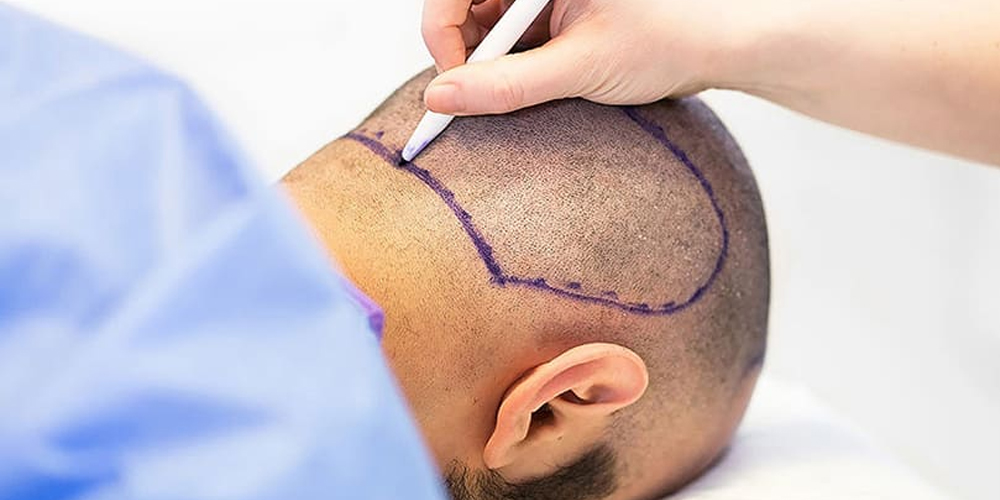
4. Underlying Medical Conditions
Certain medical conditions can interfere with the success of hair transplant procedures. These underlying issues can impact scalp health, hair growth, or wound healing, ultimately jeopardizing the viability of transplanted grafts.
4.1. Diabetes
Patients with uncontrolled diabetes face unique challenges when undergoing a hair transplant. The condition can compromise blood flow, impairing the body’s ability to heal wounds. Since hair transplants involve surgical intervention, optimal healing is essential for the success of the procedure. It is crucial to discuss any medical conditions, including diabetes, with your surgeon during the initial consultation.
4.2. Autoimmune Disorders
Conditions such as lupus or alopecia areata can directly affect hair growth and the overall success of hair restoration procedures. Autoimmune disorders can lead to unpredictable outcomes since they may continue to attack hair follicles even after transplantation. Open dialogue with your healthcare provider about any autoimmune conditions you may have is essential for strategic planning.
4.3. Thyroid Issues
Thyroid imbalances can result in irregular hair growth cycles, affecting the overall health of the scalp. Patients experiencing thyroid-related issues might need additional treatment to stabilize their hormone levels prior to undergoing a hair transplant. Addressing these hormonal imbalances is key to ensuring that the grafts have a better chance of thriving post-surgery.
5. Lifestyle Factors
Your lifestyle choices can profoundly influence the success of hair transplants. Habits such as smoking, excessive alcohol consumption, and poor nutrition can impede recovery and overall hair health.
5.1. Quit Smoking
One of the most detrimental habits for someone considering a hair transplant is smoking. Nicotine and other harmful chemicals found in cigarettes restrict blood flow, impairing the body's natural healing processes. Quitting smoking not only aids in improving the chances of successful graft survival but also supports overall health.
5.2. Moderate Alcohol Consumption
Excessive alcohol intake can disrupt normal blood clotting and wound healing, increasing the risk of complications post-surgery. Moderation is key-abstaining from alcohol in the weeks leading up to the procedure and during the recovery phase can substantially enhance the transplant's chances of success.
5.3. Healthy Diet
Nutrition plays a critical role in hair growth and recovery. A diet rich in proteins, vitamins, and minerals fosters a conducive environment for hair regrowth. Foods high in omega-3 fatty acids, antioxidants, and essential nutrients can promote healthy hair. Engaging in a balanced diet not only benefits your hair but contributes positively to your overall well-being.
6. Post-Surgery Care
Proper post-surgical care is crucial for the survival and growth of transplanted grafts. Neglecting post-operative instructions can lead to serious complications, including infections and graft loss.
6.1. Medication Adherence
After the procedure, patients are typically prescribed medications to aid in healing. This may include antibiotics to prevent infections, anti-inflammatories to manage swelling, and anti-coagulants to promote proper blood flow. Taking these medications as directed is essential for ensuring that the newly transplanted hair follicles thrive.
6.2. Proper Wound Care
Following the surgeon's instructions for cleaning and bandaging the transplant area is imperative. Failing to adhere to these protocols can increase the risk of infection, which could lead to graft failure. Regularly changing dressings and maintaining cleanliness will facilitate the healing process and promote graft survival.
6.3. Rest and Recovery
Allowing adequate time for rest and avoiding strenuous activities is crucial in the post-surgical phase. Engaging in vigorous exercise or exposing the scalp to trauma can endanger the transplanted follicles. Following the surgeon's recommendations regarding activity restrictions is vital for maximizing the success of your hair transplant.
7. Realistic Expectations
While hair transplants can significantly improve hair density and appearance, they are not a panacea for baldness. Having unrealistic expectations can lead to disappointment, so it's essential to cultivate a healthy mindset before and after the procedure.
7.1. Hair Growth Patterns
Understanding that individual hair growth patterns vary based on hair type can help set realistic expectations. Some people may experience faster growth than others, while some may see slower results. Being patient during the initial stages is essential for managing expectations effectively.
7.2. Timeframe for Results
It’s important to note that noticeable hair growth following a transplant does not occur overnight. The process may take several months, sometimes up to a year, for full results to emerge. Patience is key to navigating this journey.
7.3. Ongoing Care
In addition to initial post-operative care, adopting routine hair care practices can contribute to successful hair growth over the long term. Regular shampooing, conditioning, and scalp massages can encourage healthy hair development. Ongoing commitment to healthy habits ensures that you maximize the benefits of the transplant.
Conclusion
Hair transplant failure is a multifaceted issue influenced by various factors ranging from the selection of the right surgeon to personal lifestyle choices. By arming yourself with knowledge about these potential pitfalls, you can make informed decisions that optimize your chances of achieving successful hair restoration. Communication with a qualified surgeon, setting realistic expectations, and adhering to post-operative care guidelines are fundamental aspects of this transformative journey. In the pursuit of restoring your hair, awareness is empowerment, and being proactive can lead to fulfilling, life-changing results.
#hairtransplants #AestheticHairRestoration
LATEST POSTS

